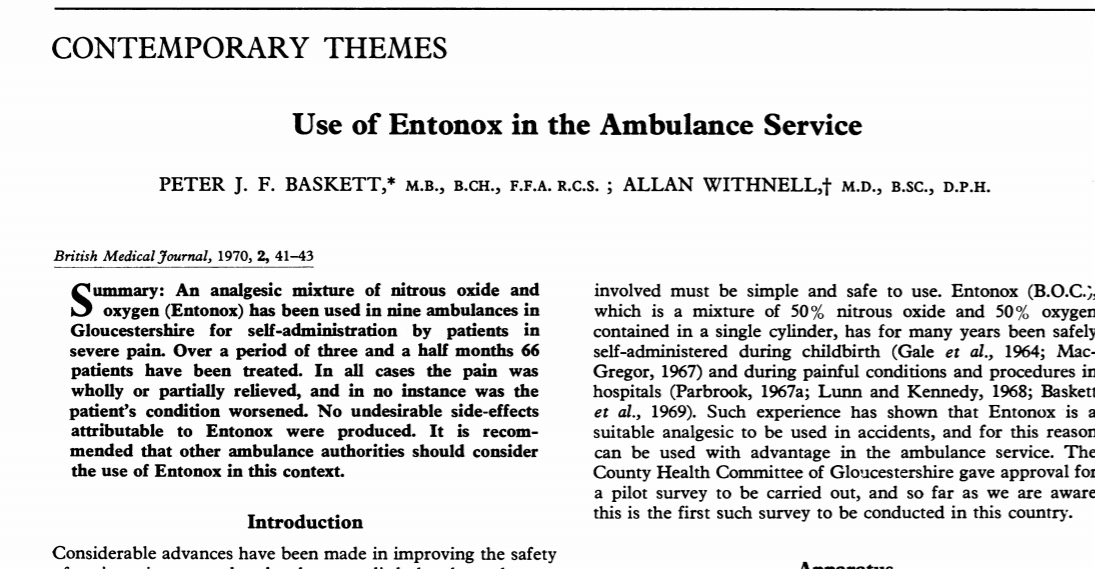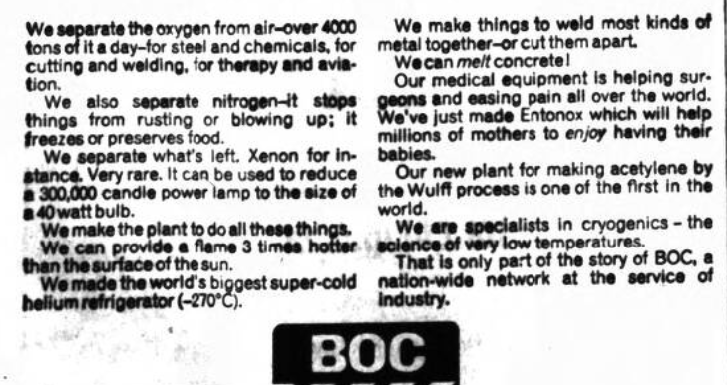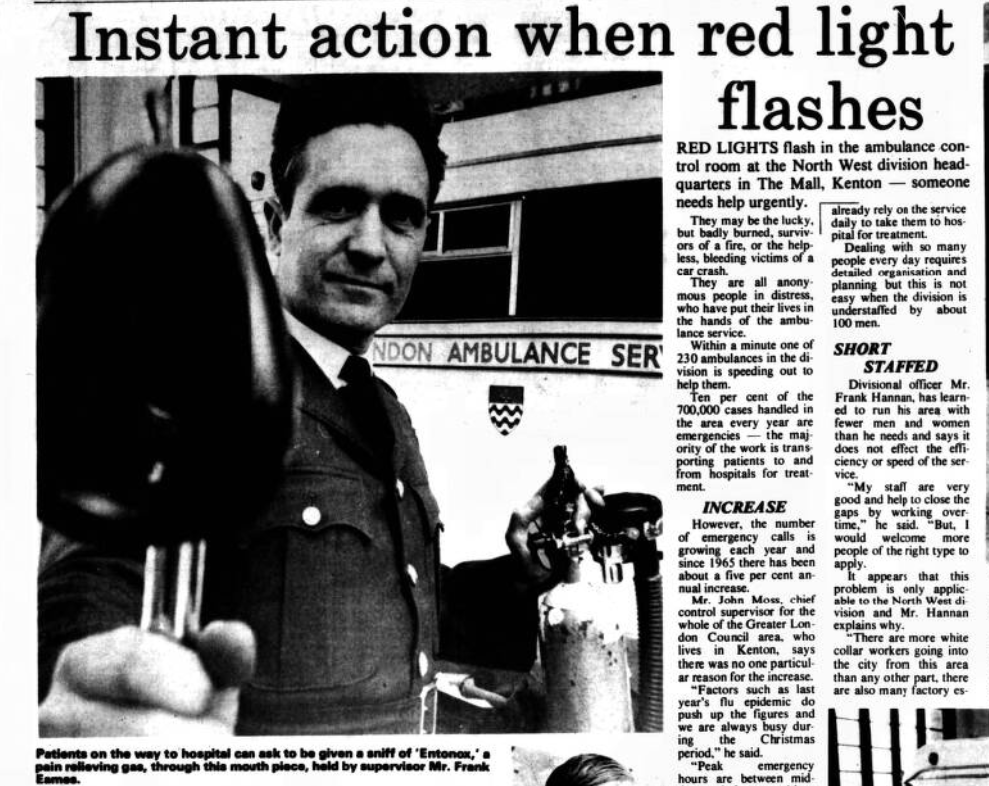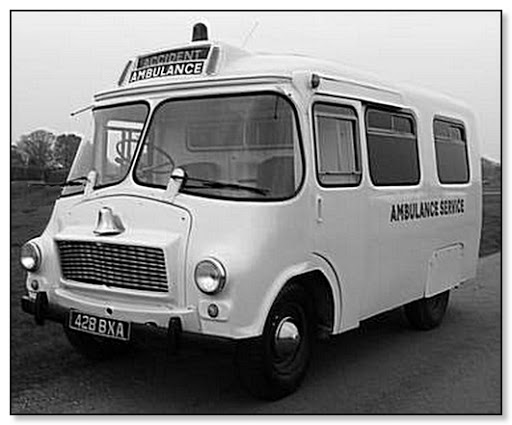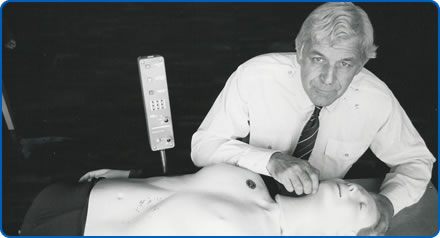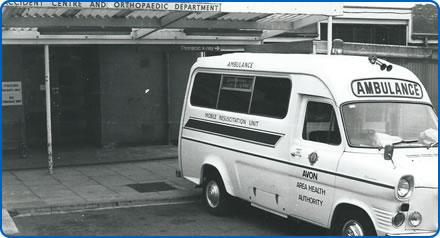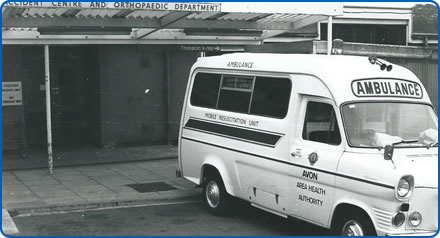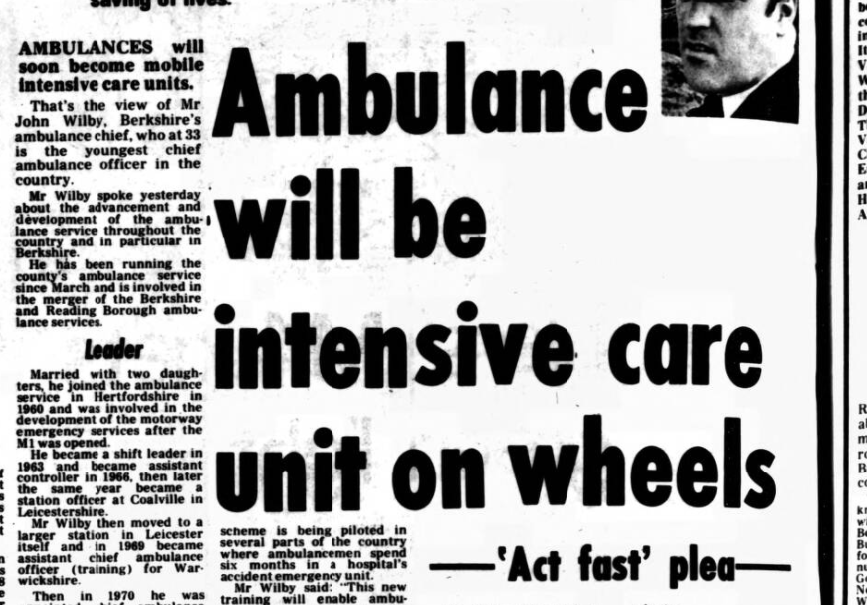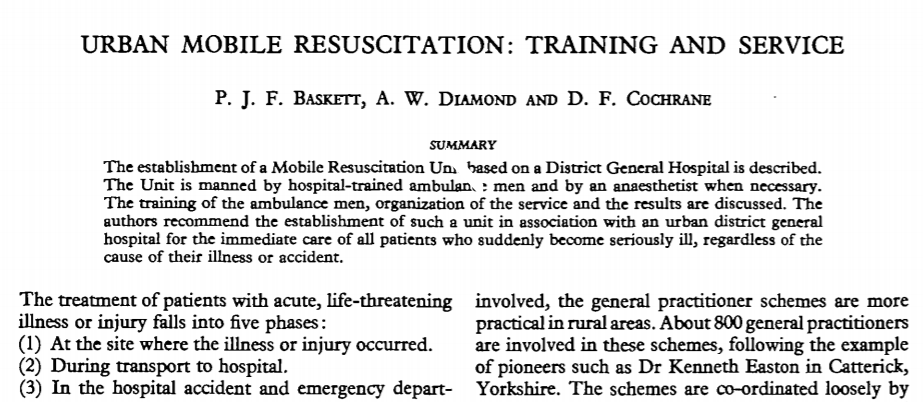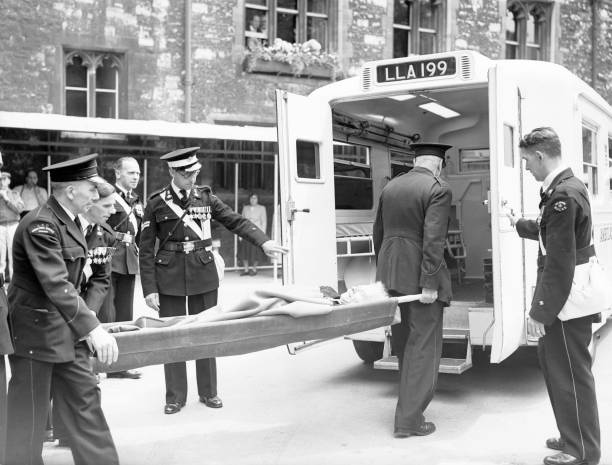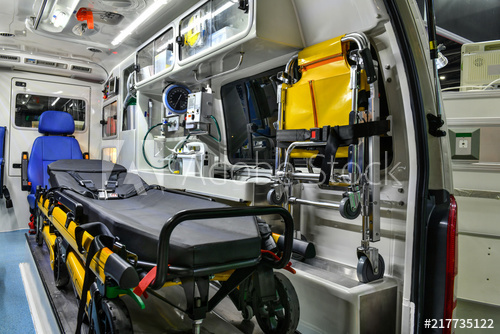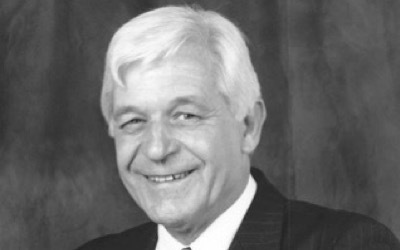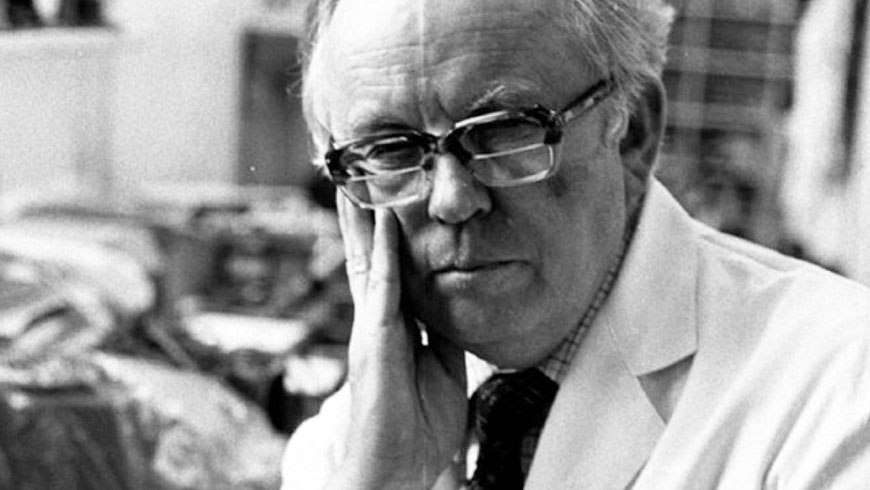Just discovered that it& #39;s 50 years since British ambulances started routinely carrying Entonox for pain relief. Though it& #39;s gone virtually unnoticed, this is a much more significant anniversary than it might at first appear...
Entonox, a 50/50 mixture of oxygen and the anaesthetic gas nitrous oxide, was first marketed by the gas firm BOC in the late 1960s, and was soon being used to ease the pain of childbirth.
Crucially, Entonox is so safe that you don& #39;t need an anaesthetist. In 1969 the Bristol-based anaesthetist and critical care expert Peter Baskett had the idea of training ambulance staff to administer the gas to patients en route to hospital.
A pilot scheme involving 9 Gloucestershire ambulances was so successful that Entonox was soon introduced to ambulances all over the country - and ambulance staff trained in its use.
It& #39;s difficult to appreciate how great a shift this represented. Ambulance staff in the 1960s received virtually no training, and - in the words of one veteran - were little more than & #39;drivers and body carriers& #39;. But things were about to change even more radically...
Peter Baskett, the Bristol anaesthetist who introduced Entonox to the ambulance, had another idea. How about a mobile resuscitation unit, a specialist anaesthetist armed with a defibrillator and intubation equipment, who could be sent to cardiac arrests outside the hospital?
In early trials the scheme used cars and taxis to get an anaesthetist to the patient. But then he hit on the idea of involving the ambulance service - this is his first Mobile Resuscitation Unit at the Frenchay Hospital in Bristol.
This was the first ambulance in the UK to have a defibrillator, ECG, equipment for endotracheal intubation, intravenous drug administration and even suction - an impressive variety of equipment. It was revolutionary.
Within a few years, the very idea of the ambulance, at least in Britain, was transformed. It was no longer the meat waggon; it was critical care on wheels.
But it wasn& #39;t just about shiny new kit. Baskett and his colleagues realised that ambulance staff needed far better training - these stretcher-carriers could become expert prehospital clinicians. And that is how the role of the paramedic was born.
Though he wasn& #39;t the only person involved in this process, it was Peter Baskett& #39;s simple innovation - a gas canister on an ambulance - fifty years ago that started that incredible transformation.
As @expensivecare has pointed out, there& #39;s a very important name unacknowledged in this thread: Frank Pantridge, the inventor of the ambulance defibrillator, which was first used in Belfast in the late 60s. His contribution was also key.

 Read on Twitter
Read on Twitter